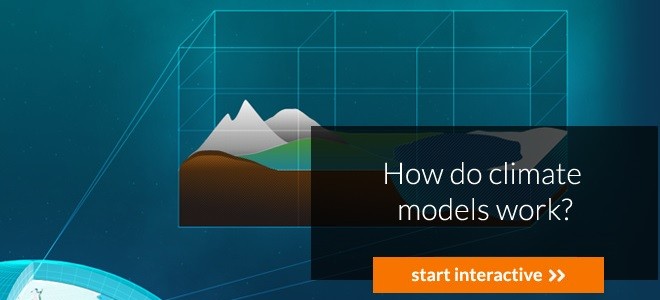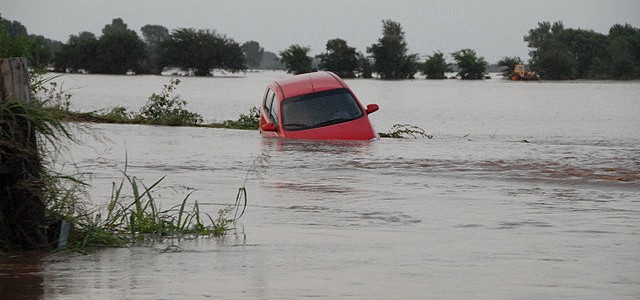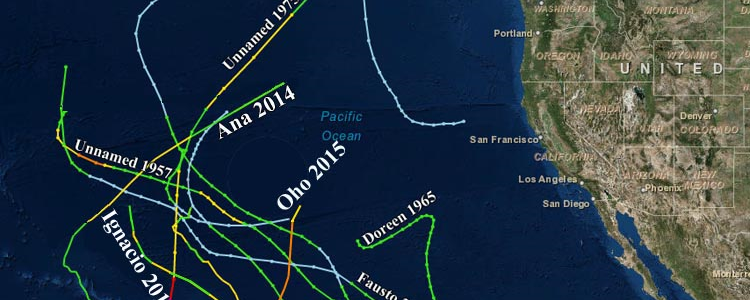Climate science
-

I ran across this useful website from Koshland Science Museum on the basics of climate science and modeling. It has an excellent short video on how climate models work. If you have wondered how climate models are used to make projections of future climate, you might find it helpful. It is at https://www.koshland-science-museum.org/explore-the-science/earth-lab/modeling. The website also…
Posted in: Climate science -

Blairsville Experiment Station in far north-central Georgia had their first frost of fall 2015 on October 17, when it got down to 30.4 F, according to the UGA weather network at https://www.georgiaweather.net. Blairsville is one of the coldest parts of Georgia, and thus one of the first regions in the state to get frost. I’ve gotten…
-

If you’ve seen the movie “The Martian” you know that the weather on Mars has a big part to play in setting up the story. But what is the weather on Mars really like? The Washington Post published an article on the subject yesterday here. It’s both stranger and closer to Earth’s than you might…
Posted in: Climate science -

NASA’s Scientific Visualization Studio produced an article recently discussing the importance of sea ice and Arctic clouds on global climate. If you get questions about why we should care about the changes in sea ice over time, this will provide you with some simple and useful information that you can use to explain the energy balance on…
Posted in: Climate science -

AP’s The Big Story blog posted a story yesterday on the deaths caused by the floods that recently swept South Carolina. Ten people drowned in their cars in the Columbia SC area from October 3 to 5 as flood waters ravaged the city. “Some were going to work. Some were going to someone else’s aid.…
-

In the past few weeks climate scientists have been watching with concern the persistent “blob” of colder than normal water that is located in the North Atlantic Ocean. This area of the ocean is well sampled by buoys, ships and satellites so there is a high degree of confidence that this area is indeed experiencing…
-

Dr. Jeff Masters of Weather Underground had an interesting blog entry about hurricanes that reach northern locations. He pointed out that the storm that used to be Hurricane Oho in the Central Pacific was now headed for the Alaskan Panhandle, where it was expected to cause strong wind gusts and heavy surf along the Aleutian…